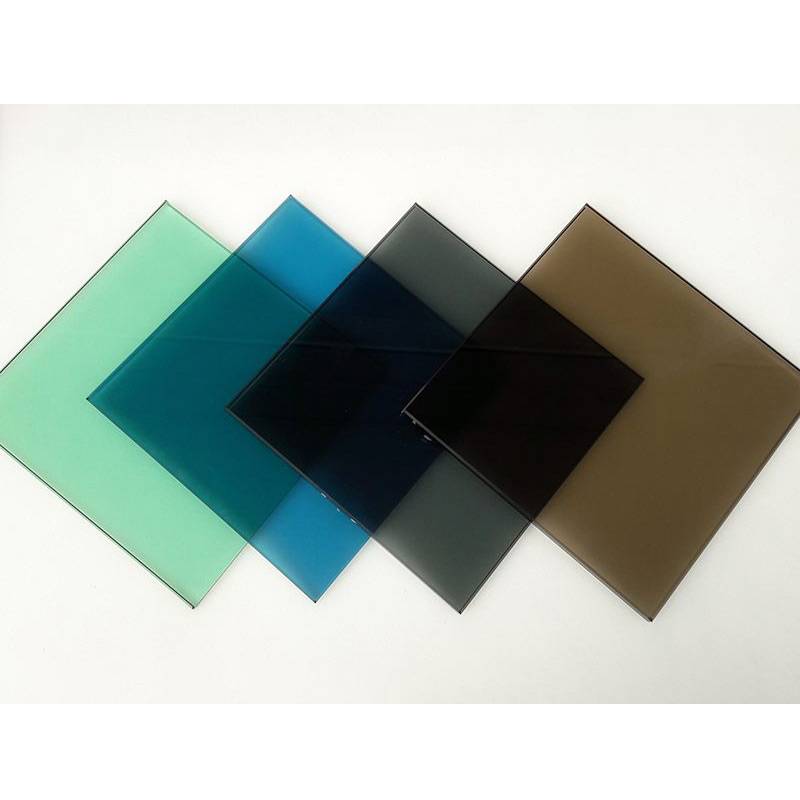

Understanding Low-E Double Glass Enhancing Energy Efficiency in Buildings
In recent years, enhancing energy efficiency in buildings has become a top priority for homeowners, architects, and builders alike. One of the most effective solutions that has emerged is the use of Low-Emissivity (Low-E) double glass. This innovative glazing option offers numerous benefits that can significantly reduce energy costs while improving indoor comfort.
Low-E glass is specially treated with a microscopically thin coating that reflects infrared radiation while allowing visible light to pass through. This unique characteristic makes Low-E double glass an ideal choice for energy-efficient windows. It works by minimizing heat transfer, thereby helping to maintain a stable indoor temperature. During colder months, the coating reflects heat back into the room, reducing the need for heating. Conversely, in warmer months, the coating blocks excess heat from the sun, mitigating the reliance on air conditioning systems.
Understanding Low-E Double Glass Enhancing Energy Efficiency in Buildings
One of the primary benefits of Low-E double glass is its contribution to energy savings. According to studies, homeowners can save up to 30% to 50% on their heating and cooling bills by upgrading to Low-E double glazing. This not only provides significant cost reductions but also reduces the environmental impact by decreasing energy consumption, making it a sustainable choice for modern buildings.

Another advantage of Low-E double glass is its ability to filter harmful UV rays. The coating helps to block up to 99% of ultraviolet light, which can cause fading in furniture and flooring. This protective feature extends the lifespan of interiors, keeping them looking new while also ensuring that occupants are safeguarded from potential health risks associated with UV exposure.
When considering the aesthetic aspect, Low-E double glass also excels. It allows for natural light to brighten up indoor spaces while minimizing glare. Homeowners can enjoy well-lit rooms that are comfortable and inviting without compromising on energy efficiency or indoor climate control. The versatility of Low-E glass means it can be used in various architectural designs, enhancing both modern and traditional styles alike.
While the initial investment for Low-E double glass may be higher than traditional windows, the long-term benefits far outweigh the costs. With rising energy prices and increasing awareness of environmental issues, more people are opting for energy-efficient solutions. In some regions, local governments even provide incentives for homeowners to install such energy-saving products, making it an economically sound decision.
In conclusion, Low-E double glass is an intelligent choice for those looking to enhance energy efficiency in their homes or commercial buildings. By reducing heating and cooling costs, protecting interiors from UV damage, and providing aesthetic versatility, Low-E double glazing stands out as a practical and sustainable solution for modern construction. As the demand for energy-efficient buildings continues to grow, incorporating Low-E double glass will undoubtedly play a pivotal role in shaping a more sustainable future. Investing in these advanced windows can lead to significant long-term benefits, making them a wise choice for anyone looking to upgrade their property.